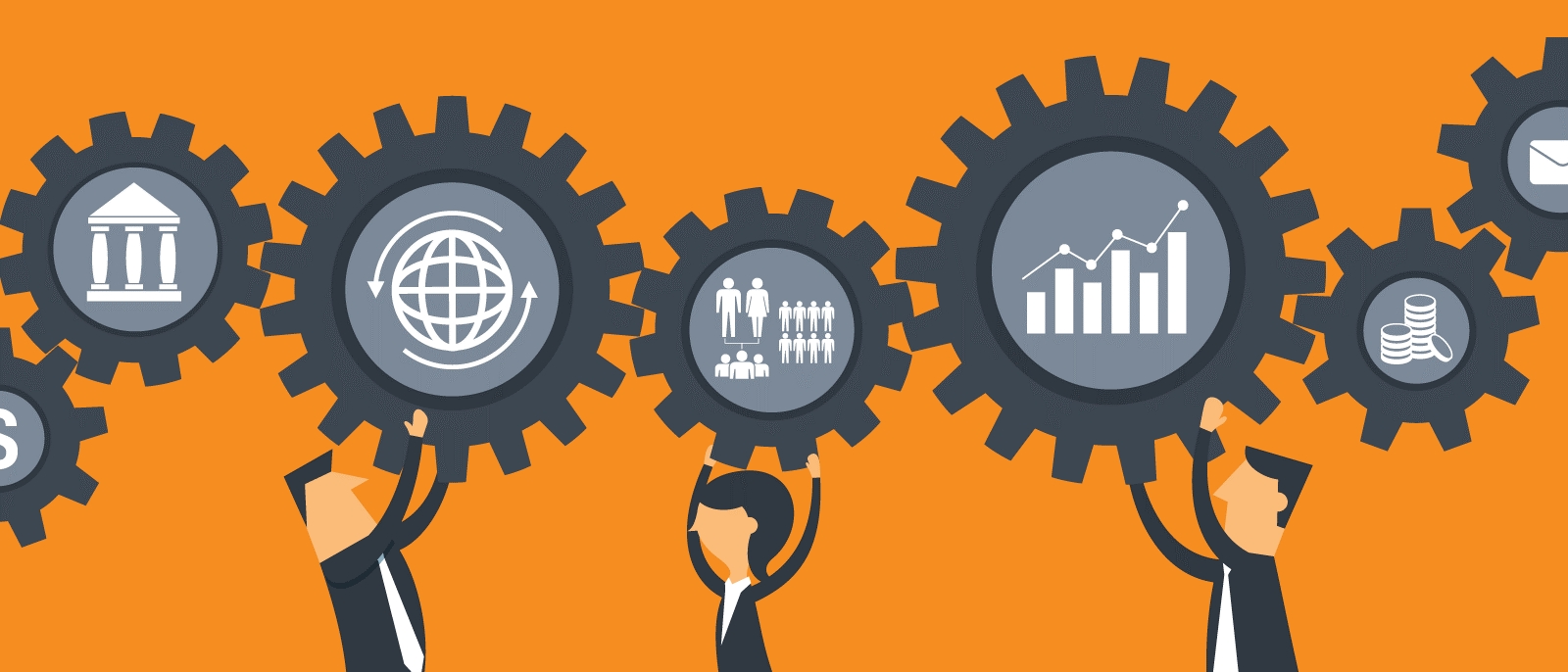
France Loses Luster with Investors as Political Turmoil Rises
Investor confidence in France is deteriorating as political gridlock and budgetary uncertainty deepen.

Lately, employee well-being has topped the list of corporate agendas. And ever since the coronavirus pandemic, ensuring employee well-being has imposed many challenges globally.
During the first wave of lockdown, the main focus was to take quick actions to ensure employees’ safety and give them the company’s support and assurance. Currently, several business organizations are determining ways to reimagine their well-being strategies for the long haul.
Be that as it may, there are several challenges in curating a solid well-being strategy. Some of them are employees being dispersed and physically disconnected, blurred borders between work and home life, and the most critical challenge being the social, emotional, physical, and mental impacts of long-term working from home.
A strong well-being strategy, however, can ensure health, happiness, and also resilience in a workforce resulting in better productivity and reduced costs.
As companies plan ahead with the end goal of planning and executing a proper well-being strategy, it is vital to keep in mind that the one-size-fits-all approach can’t really be used. Companies would have to prioritize differently in terms of people and abilities since different individuals have varying needs in an organization. For instance, an undergraduate who interns at a company may have challenges that differ from a parent working in the same company under the same role. So here are a few tips that you can consider while you plan out a solid well-being strategy for your employees:
With this in mind, you can perhaps picture a way through a solid, achievement-driven strategy that can boost your employees’ trust and assurance.

Investor confidence in France is deteriorating as political gridlock and budgetary uncertainty deepen.

June 09, 2025: Canada will host the 50th G7 Summit from June 15 to 17 in Kananaskis, Alberta, amid heightened global tensions and economic rifts.

May 30, 2025: Canada’s economy expanded at an annualized rate of 2.2% in the first quarter of 2025, outperforming the market forecast of 1.7%.

May 28, 2025: SpaceX’s latest Starship test flight, conducted on May 27, 2025, ended in failure when the spacecraft’s upper stage broke apart during its descent over the Indian Ocean.

May 27, 2025: Greek Coastguards Charged Over 2023 Pylos Migrant Shipwreck That Killed Hundreds

May 27, 2025: Volvo to Cut 3,000 Jobs in Europe as Part of $1.9B Restructuring Amid EV Slowdown and Tariff Pressures.

Investor confidence in France is deteriorating as political gridlock and budgetary uncertainty deepen.

The Fort McMurray First Nation Group of Companies is the wholly owned business entity of Fort McMurray 468 First Nation. It was established in 1987 as Christina River Enterprises, and the organization rebranded as FMFN Group in 2021. Providing Construction, Custodial, Petro-Canada Fuel & Convenience Store, and Transportation services to a broad portfolio of customers, the Group of Companies is creating financial stability and prosperity for the Nation.

Maushum Basu is a visionary leader who inspires his team with a clear, compelling purpose. Unafraid to take calculated risks, he understands that growth often stems from change and innovation. His deep commitment to both Airia Brands, Inc.

When speaking with Martin Paquette, one thing is immediately apparent: he’s honest. His transparency is refreshing. While many shy away from such vulnerability, Paquette sees it as a force to reckon with. The incredible emotional intelligence speaks to years of looking within—it’s also what allows him to acknowledge his mistakes gracefully and use them as opportunities to innovate.

Leave us a message
Subscribe
Fill the form our team will contact you
Advertise with us
Fill the form our team will contact you